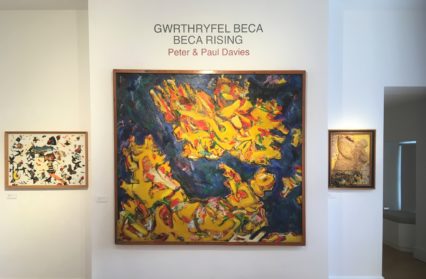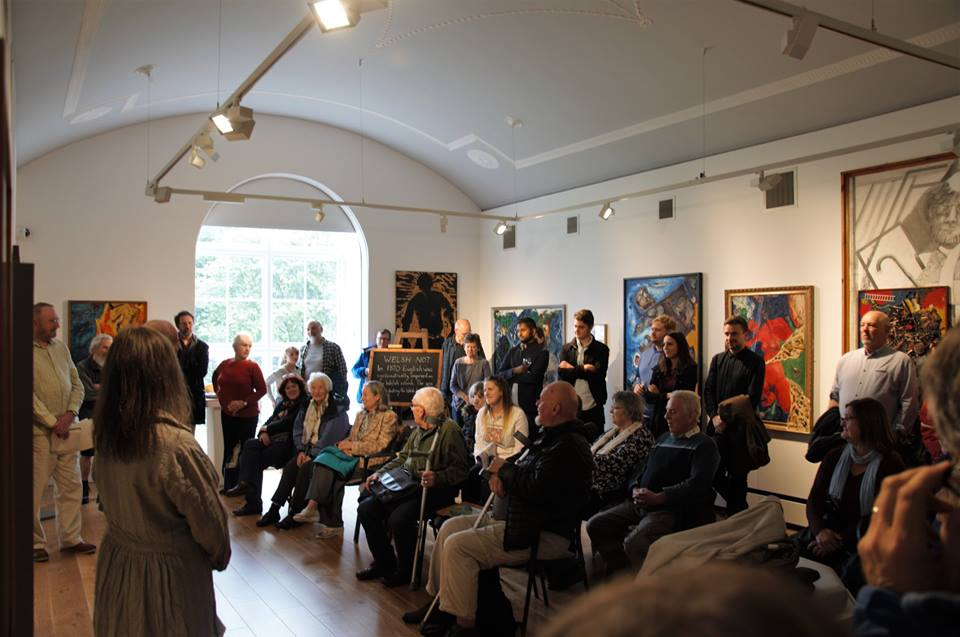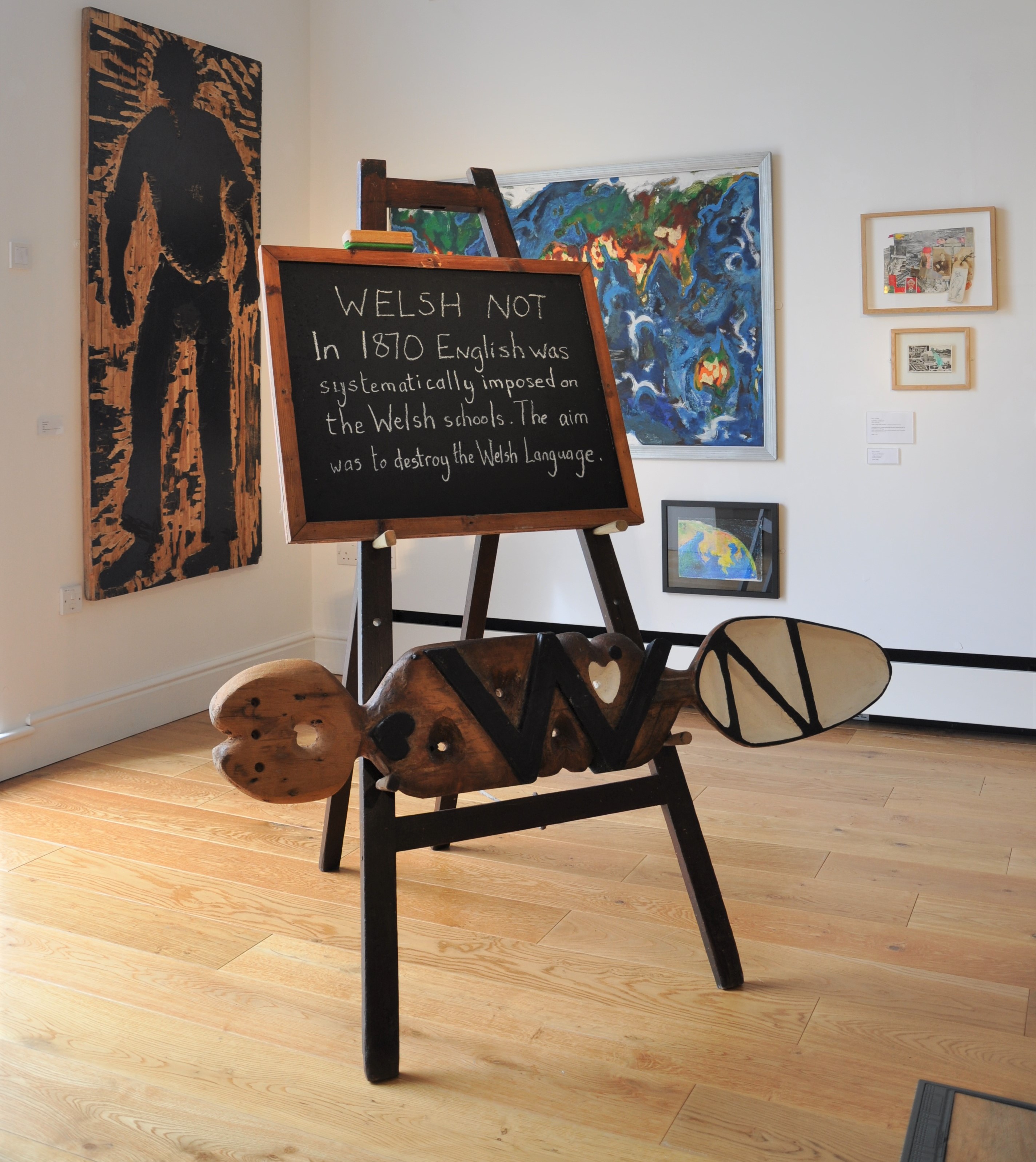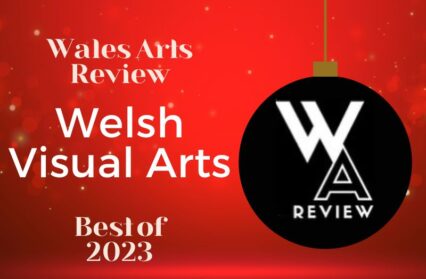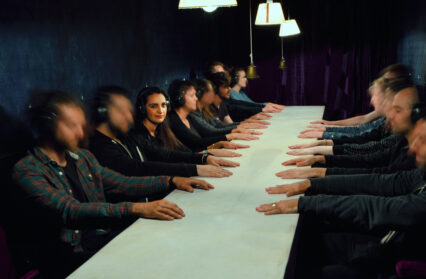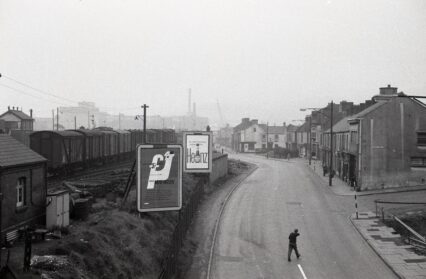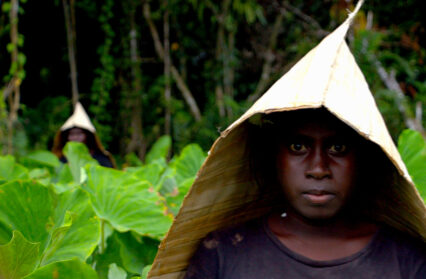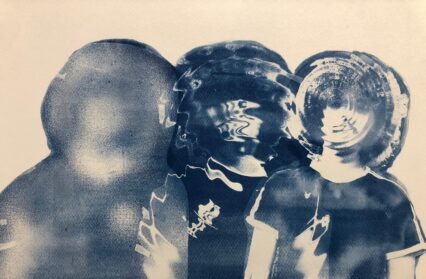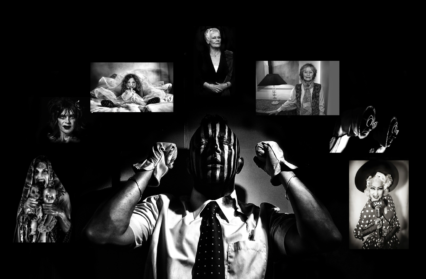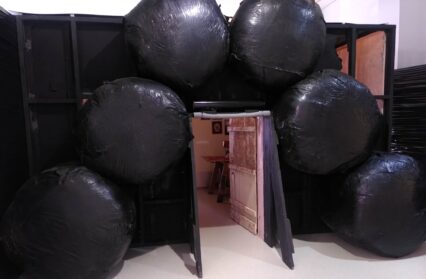Welcome to the latest in our series of virtual roundtable discussions hosted by Wales Arts Review. In this feature, we present a group discussion by the students of Coleg Menai, Bangor, North Wales, chaired by artist and critic Sara Rhoslyn Moore. Back in 2013, Moore wrote the essay, The Artist and Society: The Legacy of Beca, which centred its criticism on the lack of information and discussion about this vital and revolutionary Welsh art group of the 1970s, 80s, and 90s.
Five years on, and the second rising of Beca is underway. Moore, now a new addition to the Beca group, here uses her new position to invite in art students of Coleg Menai, where she herself studied, to create a group discussion centred on the ‘Beca Rising: Paul and Peter Davies Exhibition’ at Storiel in Bangor.
The participants
Jo Castellans is a mature student of Art and Design. Her background is in performance and her interests include Fine Art, Design, Photography, Architecture and writing. A Manchester lass through and through, her three children were born here in Wales and speak conversational Welsh. @jolantino123
Simon Foster is a photographer and digital artist. Relatively new to Wales, he comes from a science background. @metalkdesign
Josie Jones studies Art at Bangor and is interested in Graphic Design and Photography. @josiemeganj
Eleri Mair Parry is an artist specializing in Film and Graphic Design. www.eleriparryart.wordpress.com
Rosie Williams is interested in illustration and book design.
Saturday the 22nd of September is the opening of this long overdue exhibition alongside a one day pop up. Paul Davies is sadly no longer with us, but the launch includes additional members of Beca, Ifor Davies, Iwan Bala, Peter Telfer and Sara Rhoslyn Moore, and also includes a platformed artist discussion.
Jo Castellanos opens with her experience at the memorable opening.
As a newbie degree student of Art and Design I witnessed that evening what I can only describe as pure passion, watching the gladiators of Welsh Modern Art scrap it out over a spoon. This spoon is steeped in history, heritage, hills, and what I might describe as a hierarchy of Welshness.
The spoon, originally a railway sleeper, was held above Paul Davies’ head for two hours each day at the 1977 Eisteddfod festival; he stood proudly in the stance of Christ on the Crucifix, basically giving the ‘F&”k you’ sign to the organizers who had failed to represent Welsh visual artists at the Eisteddfod.
When Ifor Davies acknowledged his acceptance of an MBE, the gentleman standing next to me, (who happened to be art historian Peter Lord) interjected and voiced his opposing opinions. As I stood listening, trying to deduce gists and the truths, I became aware of just how passionate this subject makes people, even so many years after the event.
Eleri Mair Parry
Seeing Paul Davies’ visual legacy was especially moving, the large scale love spoon with the marked Welsh Not initials immediately made me feel a mixture of emotions. I didn’t realize until that day how I am always ready to defend my language in atmospheres where it could be easily challenged. Seeing the actual Welsh Not chain (on display at Storiel museum separate from the exhibition) was quite unsettling as a powerful symbol of ignorance.
Simon Foster
The Welsh Not, something I was previously unaware of – a tool used to punish school children for using the Welsh Language – it prompted me to do my own research in to similar tools used to suppress languages around the world.
Rosie Williams
I found myself leaning more towards Peter’s work than Paul’s, as it’s more contemporary and visually interesting to me, whereas Paul’s work felt more dated, possibly due to him passing in 1993. Peter’s work involves bold text, and is loud and vibrant, featuring abstract shapes. Some of Paul’s consisted of old black and white photographs or postcards, organized into a collage. I noticed even though their work is different in ways, you could also see the links and similarities within between them – they often working and exhibiting together.
Josie Jones
My favorite part was the cover of the book, Post-war To Post-modern: A Dictionary Of Artists in Wales. The photo captures so much emotion in such a powerful way. The art most certainly started a conversation that needs to be had, and even made it clear the role art can play in public conversations about how important the Welsh language.
Eleri Mair Parry
As proud as I am to speak Welsh I rarely think about it. I am a human and I happen to be Welsh. Just as a person born in France speaks French – it’s just a matter of circumstances.
Others on the opening night thought the discussion was getting too political and pulled back; I felt as though there were strong opinions about how we as Welsh people use the language. We as Welsh and English people (and everywhere else) need to have these discussions to improve the attitudes of the ‘anti-Welsh’ and we need to have the discussions with strong opinions.
Also many people from England have bought houses and given population to areas such as Abersoch, Llandudno and so on. This made me think of the painting in the exhibition, ‘Summer Houses’, (1984, Peter Davies), with the union jack in the corner, and the fact that it’s still relevant to this day.
Josie Jones
Although we are a group of students that get on well as individuals, as soon as we began to see ourselves as English and Welsh I felt a change in atmosphere, a hostility between us in the group. It is an odd subject because I don’t know much about the Welsh language and its history even though I come from a Welsh family and have always spoken Welsh. There is definitely much more to this than I know about – I’m only scraping the surface. The work at Storiel has definitely been an eye-opener because it has made me want to learn and have more of an understanding about the history of the language I am so proud to be able to speak.
Simon Foster
I liked ‘Flags Off The Welsh Coast’ (1985, Paul Davies), a mixed media collage which takes the shape of a map of Wales. It was made using a variety of materials including corrugated cardboard, various fabrics, a bicycle chain, an old shoe and torn union jack. These materials are splashed with shades of brown, black, green and blood red. The piece feels as though it was speedily and angrily thrown together. The warped transparency of the melted plastics, screwed-up paper and frayed edges of the torn fabrics give the piece a gritty, dark and hateful feeling.
In contrast Peter Davies’ pieces used more precise and methodical techniques. A particular piece that caught my eye was ‘Digital’ (2018, Peter Davies), a black silkscreen print with vertical columns comprised of silver blue parts of interlocking geometric shapes. The distance between the columns in the top of the piece is greater than the columns in the bottom half. The bottom half of the piece features gray, cast metal letters which spell the word DIGITAL horizontally in a serif font (except for a sans serif L). My interpretation of the piece would be that the columns placed closer together represent the digital world bringing people and ideas together through the use of the internet and simplified ease of sharing thanks to digital technology.
Jo Castellanos
Peter and Ifor Davies talked (at the opening) about how they used to speak on the telephone about concepts and ideas then send the work by mail to each other whereby each artist of the group would add their own interpretation on the piece. This was before the digital age of computer emails and overnight DHL deliveries.
Peter Telfer presented some videography of his work during the time of the early Beca inception and reflection upon how he worked alongside and collaboratively documenting through photographs the evolving beliefs of these talented artists. Peter at the opening explained there were no specific rules to join this movement as Paul said people just new if they were politically and morally aligned with this expression of art and its motives.
Eleri Mair Parry
The Beca Rising exhibition and the movement itself has inspired me to incorporate my first language in to my own personal creations and learn more about my country’s history and it’s ever changing ways of creating.
Jo Castellanos
Peter Davies, now in his mid-seventies, gave an inspiring talk about his journey as an artist. He had a plethora of experience, travel, projects and a very interesting journey through his creative life. He talked about his development, his lucky brakes, his work as an educator working both in public spaces and on more personal themes. He talked about mixed media and how his work had developed through technological changes. He then celebrated his brother Paul Davies’ work. Paul Davies appeared to be a natural provoker, a boundary-budger. His work focused mainly on Wales.
Sara Rhoslyn Moore
I’d like to thank each student for their valuable contributions to this discussion.
Beca has never been fully recognized and recorded, and it’s possibly best that it is continually questioned and re-defined again and again to suit each generation. The wealth of information within this body of work (not to mentions Iwan Bala’s contribution to the literature on Welsh art) can definitely give us all a starting point in educating ourselves on Welsh history, social and environmental issues, culture and identity.
I’d like to dedicate this review to the memory and legacy of Paul Davies. He taught me that art can be used as a medium for social change.


